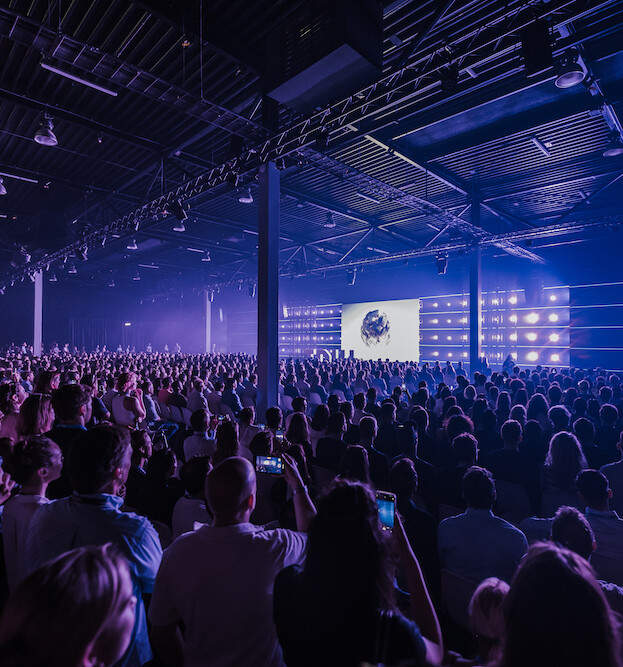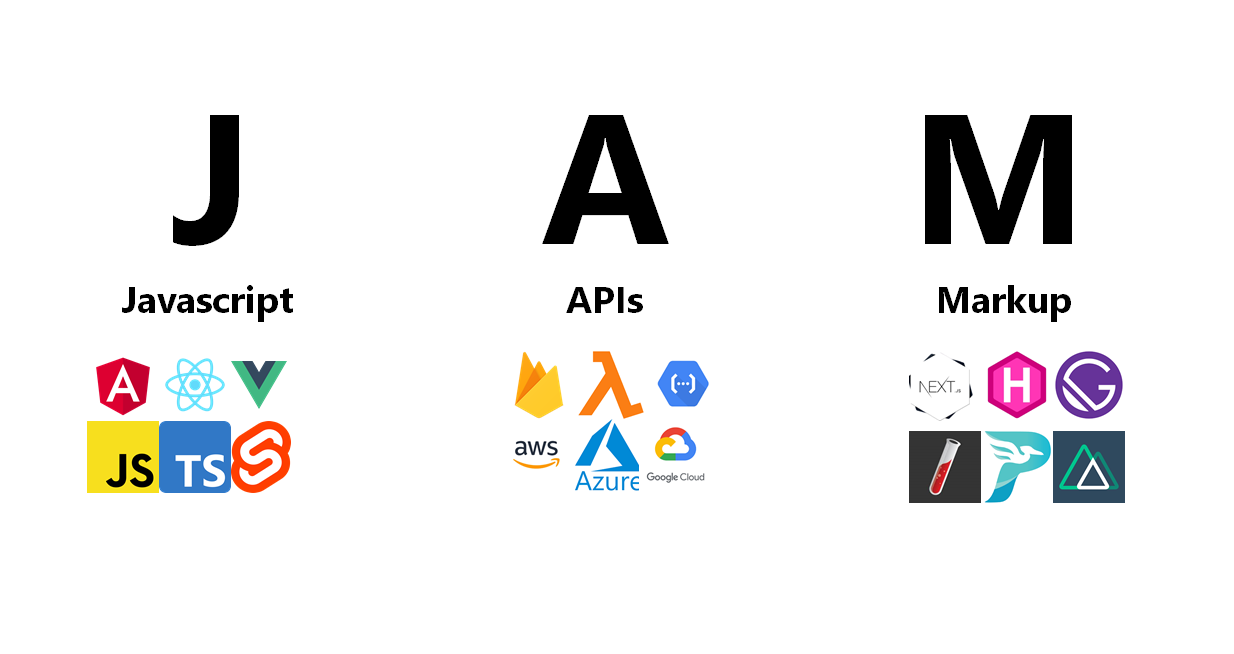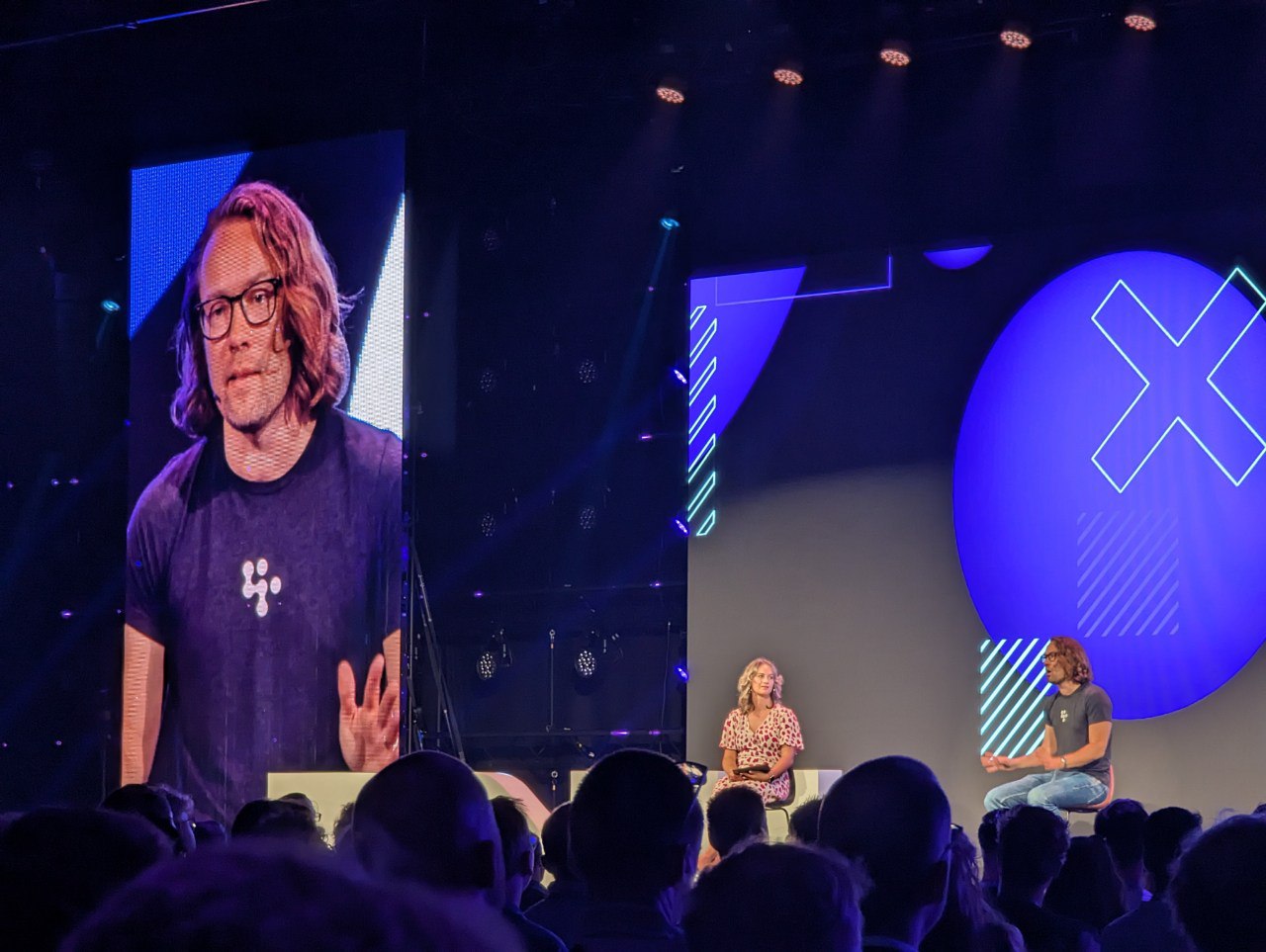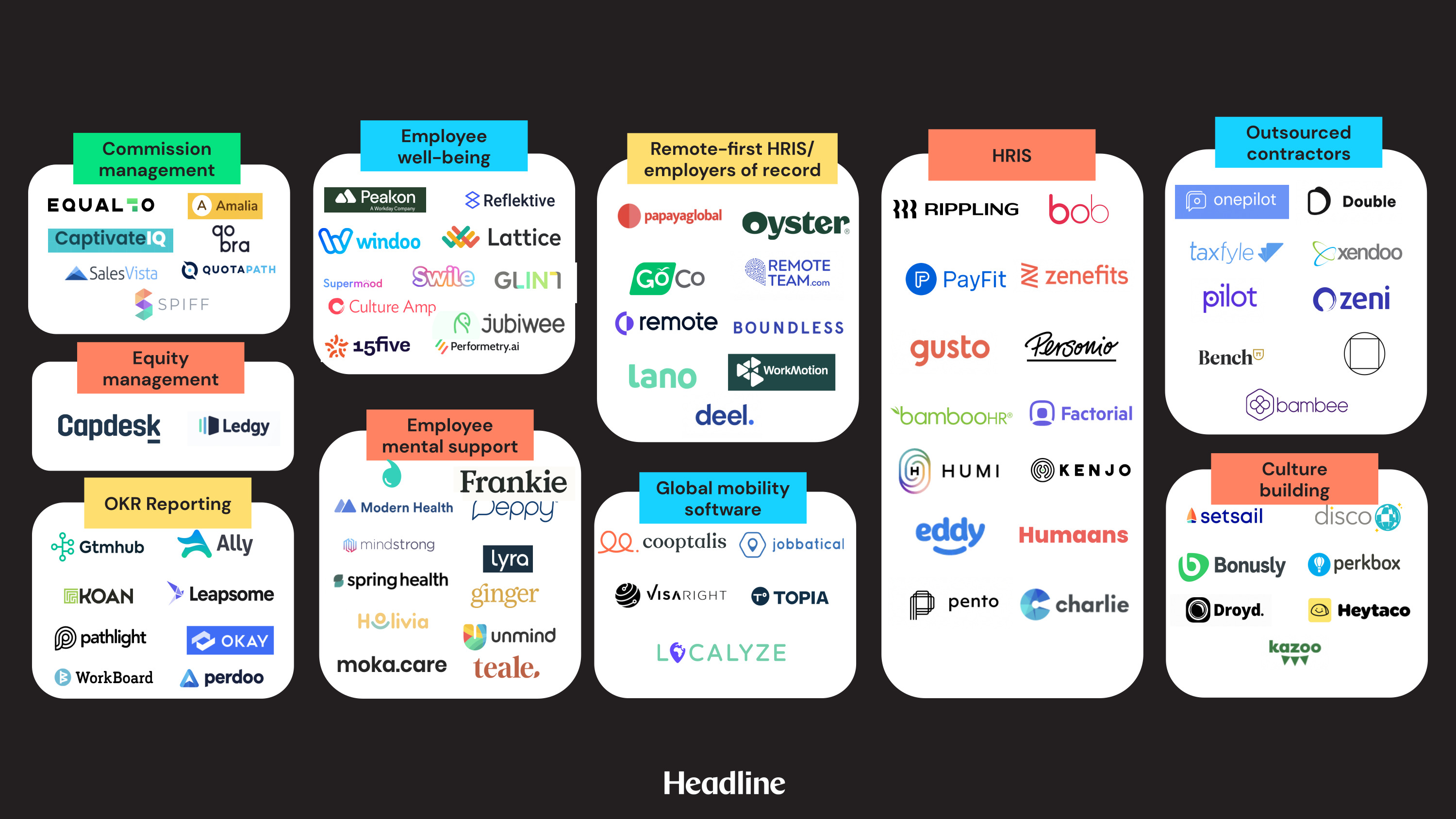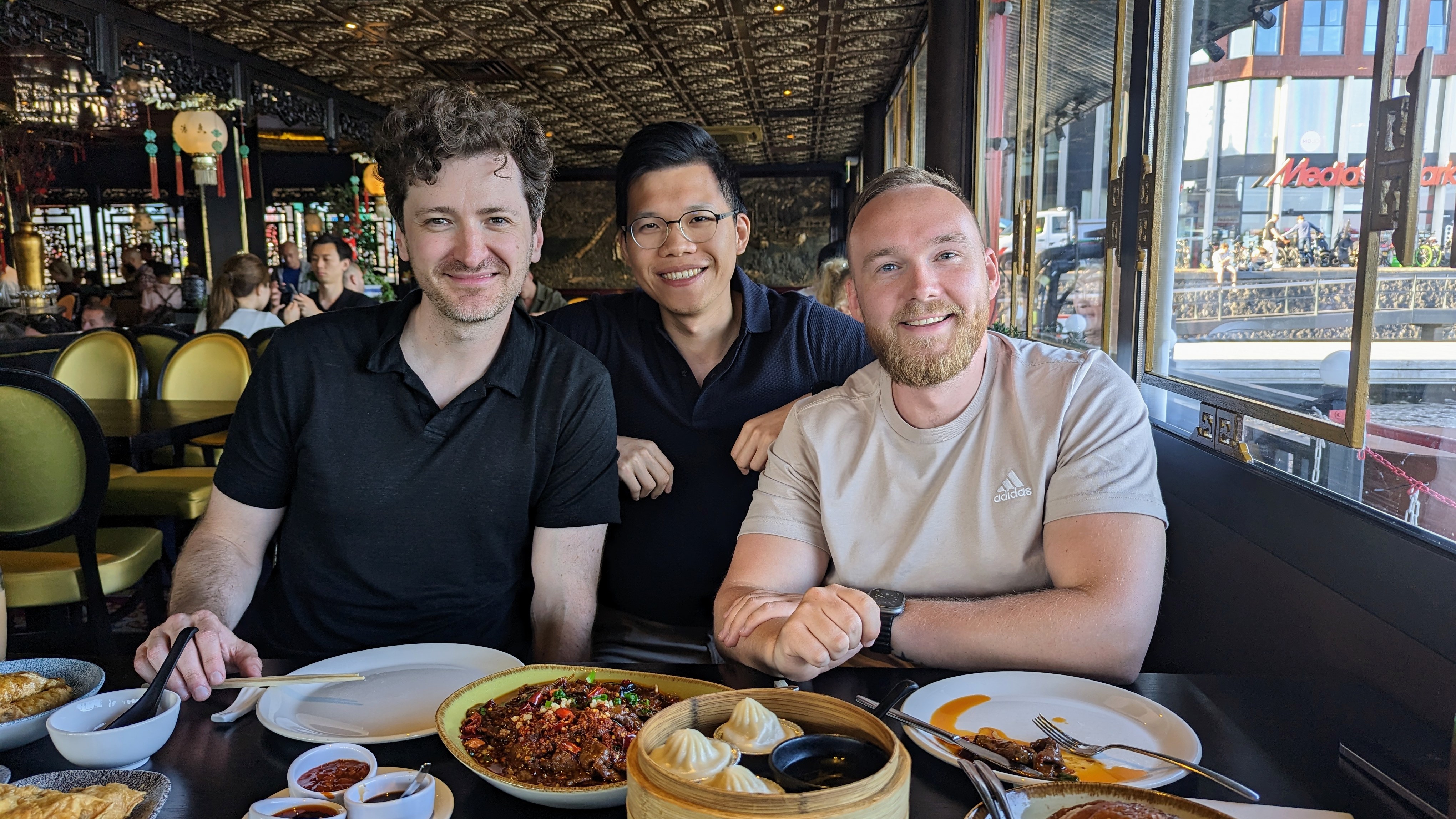As a leader in the cloud computing industry, we at DigitalOcean are always on the lookout for the latest trends and developments. The Next Web 2023 conference, held in Amsterdam, was a hotbed of such insights, offering a wealth of knowledge and connections. This post will highlight some of the significant trends from the conference, examine the composition of the exhibitors' industries, and analyze the tech talk topics to find this year's hot topics.
The Cloud Era: Reshaping SMB Landscape
We're stepping into a transformative decade for SMBs, an era primed to breed unicorns, with cloud computing as the key enabler. From my experiences at DigitalOcean, several trends underpin this narrative.
Notably, a multi-cloud strategy is emerging as the preferred choice for enterprises. Intended for roll-out in late 2023 and through 2024, this approach looks to harness the unique propositions of multiple cloud providers. The multi-cloud route not only counters vendor lock-in but also ensures thorough system maintenance and monitoring via cross-auditing by top cloud talents. The result? Enterprises benefit from the best in the world, thereby gaining an extra layer of assurance.
Meanwhile, SMBs and developers are turning to Platform as a Service (PaaS) to shorten time-to-market. One headless CMS vendor's VP of Engineering wished for a world where his engineers could dedicate themselves to coding instead of server management. By opting for PaaS, businesses can pass off DevOps or SRE work to the provider, enabling efficient resource allocation.
Another key trend is the JAMstack adoption among developers and digital agencies, attracted by its speed and ease. Many deploy tech stacks such as Next.js for front and backend and headless CMS solutions like Strapi or Storyblok on PaaS platforms like Vercel, Netlify, or DigitalOcean's App Platform. This move enables faster idea validation, a crucial advantage in today's fast-paced tech world.
In essence, these trends affirm the instrumental role of cloud computing in SMB growth. As we progress through this promising decade, the evolving trends will undoubtedly continue to sculpt the future of businesses.
A Lean Year for Startups: A Blessing in Disguise?
The Global Startup Ecosystem Report (GSER) 2023 presented a sobering reality: startups received 35% less investment in 2022 than in the previous year. At first glance, this seems like bad news. But as I listened to the talks and buzz at the TNW Conference 2023, I couldn't help but wonder if this might be a golden opportunity in disguise.
One of the standout speakers was David Heinemeier Hansson, the creator of Ruby on Rails and co-founder of Basecamp. His perspective? "It's the best time ever to be a startup." He argued that the best companies are often founded in lean times, which force startups to focus on creating value rather than spending money. This is a fascinating argument, one that echoes the stories of companies like WhatsApp, which managed to serve a billion users with a team of just 44.
But what about the rise of AI? Isn't that a threat to startups, and jobs in general? According to Hansson, not really. He referred to AI tools like ChatGPT as "nice, but not so revolutionary". Contrast this with YouTuber Kwebbelkop, who often deferred to "Chat GPT4" during a Q&A session. This divergence in views highlights the ongoing debate about AI's role in the future of work and entrepreneurship.
Despite the drop in investment, it seems that there's a sense of optimism in the startup world. If Hansson is right, this could be a golden age for building strong, sustainable businesses. However, it's crucial for entrepreneurs to stay flexible, adapt to new technologies like AI, and above all, strive not just to be a startup, but a "stay-up."
So, what's the takeaway from all this? While investment in startups has seen a downturn, it's far from a death sentence. Instead, it could be an opportunity for startups to double down on creating real value, fostering lean, efficient teams, and navigating the complex landscape of technological advancement. As we move into a new era of business, perhaps the companies that will stand out will be those that turn these challenges into stepping stones for growth and innovation.
Revisiting the Employer of Record in the HR SaaS Era
In the heart of the modern SaaS revolution are employers of record (EORs) like Deel.com and Remote.com. A critical cog in the HR machine, EORs shoulder the hefty responsibility of local hiring, compliance, and all the nuances that come with it. They are the 'official' employer, keeping the compliance ducks in a row so that companies like DigitalOcean can concentrate on their core operations.
Deel.com and Remote.com both offer SaaS platforms that are undeniably comprehensive. Yet, the landscape they exist in is rapidly changing, and this change brings opportunities and challenges alike. As a Solution Engineer, it was insightful to explore their offerings firsthand.
Their platforms leverage data to provide solutions, such as identifying suitable salary bands, ensuring compliance, and managing onboarding. Interestingly, they also offer time management features and expensing services, reflecting the shifting paradigms of work in an increasingly remote era.
But the narrative doesn’t end there. Deel.com, the fastest-growing SaaS company to date, was co-founded by Shuo Wang, an entrepreneur who serves as an inspiration for Asians. Meanwhile, Remote.com, a brainchild of Job van der Voort, former VP of Product at GitLab, shines with its in-house developed user experience. The unique paths they've taken illuminate the power of diversity in shaping the industry.
However, the stage is far from being set. From my base in Munich, I've had the privilege of observing the competitive dynamism in the HR SaaS space. Companies like Personio, a homegrown unicorn, are also making their mark. The competition is not merely for market acquisition; it's a quest for differentiation and value delivery.
The HR SaaS arena's future seems inexorably linked with the rise of EORs and their solutions. Still, like any trend, it brings its own set of challenges, and it will be interesting to see how these companies navigate them. In a future article, I will delve deeper into this competitive landscape, exploring how these companies are gearing up for the intense battles of H2 2023. Stay tuned!
Unraveling the Tapestry of DigitalOcean's EMEA Team
At DigitalOcean, our motto is not just about delivering excellence; it's about fostering an environment of respect, warmth, and camaraderie. A recent visit to Amsterdam, where many of our EMEA colleagues are based, demonstrated this commitment beautifully.
Our Netherlands team ensured our trip was more than just work, offering personalized city guides, insightful local tips, and an enveloping warmth that made us feel right at home. Their thoughtfulness truly reflected the spirit of DigitalOcean.
Meeting colleagues in person, whom I had previously known only through digital screens, was an experience in itself. The interaction unraveled layers of their personalities that were often masked in virtual meetings. From discovering the caring side of a seemingly stern colleague to unveiling the brilliant ideas of those quieter ones, it was a revelation of the diverse and robust team that powers DigitalOcean.
The arrival of our US colleagues, still in the glow of Denver Nuggets' first NBA championship win, added another dimension to our team's tapestry. Their energy and enthusiasm set the stage for The New Web 2023, creating a dynamic atmosphere.
The beautiful aspect of being in the EMEA region is the exposure to diverse cultures. This was evident in the simple act of learning greetings in different languages at the conference booth. Each new phrase in Russian, Hebrew, Hindi, Dutch, Spanish, or Arabic represented a culture, a perspective, and a person, reinforcing the value of our global connections. These linguistic skills might not seem like much, but they can spark conversations and connections in the most unexpected ways. As the saying goes, "A different language is a different vision of life."

